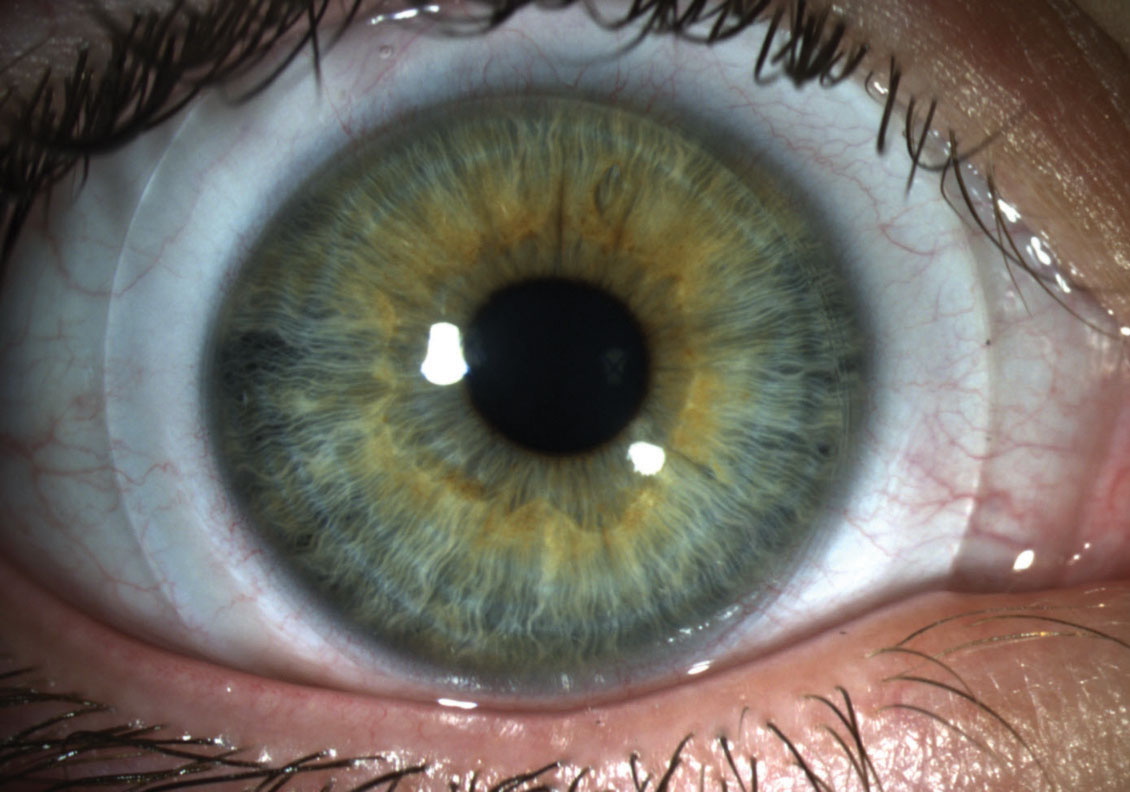 |
|
Keratoconus patients of a recent study benefited from scleral lens wear. Photo: Vision Research institute at Michigan College of Optometry. Click image to enlarge. |
Scleral lenses are a potential treatment to correct refractive error and improve retinal image quality in irregular corneas. In a recent study, researchers evaluated the changes in symptoms, tear film and corneal nerves parameters in keratoconus patients with and without intrastromal corneal ring segment implants six months after scleral lens wear.
A total of 16 scleral lens wearers with keratoconus were divided into two groups: keratoconus and intrastromal corneal ring. All subjects were examined in two visits: baseline (before scleral lens wear) and after six months of scleral lens wear. Schirmer I test results, ocular surface disease index score, tear breakup time and in vivo confocal microscopy were evaluated.
There was no change in tear film volume or in keratoconus patients, with or without ring segment implants, but the tear film quality decreased overall after six months of scleral lens wear.
Corneal optical density was higher in the keratoconus group after six months of scleral lens wear because of the slight increase in Langerhans cell density. This finding indicated that scleral lenses may not trigger inflammation due to hypoxia.
There was an improvement in mean nerve length parameters which may be attributable to scleral lens wear, not to the corneal pathology itself. This didn’t come as a surprise to the authors who acknowledged that previous studies have demonstrated abnormal nerve parameters in keratoconus.
“Another interesting point in the study is that these results suggest that scleral lens wear seemed to have no effect on optical density of the intrastromal corneal ring segment implant group,” the authors noted. “This result could be related to the mechanisms of action of intrastromal corneal ring segments, which function as an additive technique in which the corneal tissue tension forces are modified and no inflammatory response is activated.
“Long-term follow-up research is needed to go deeper into the mechanisms of changes in the corneal epithelial nerve plexus and their clinical relevance,” the authors concluded.
Serramito-Blanco M, Canadas P, Villa-Collar C, Carracedo G. Corneal confocal analysis after scleral lens wear in keratoconus patients: a pilot study. Opt Vis Sci. September 27, 2022. [Epub ahead of print]. |

